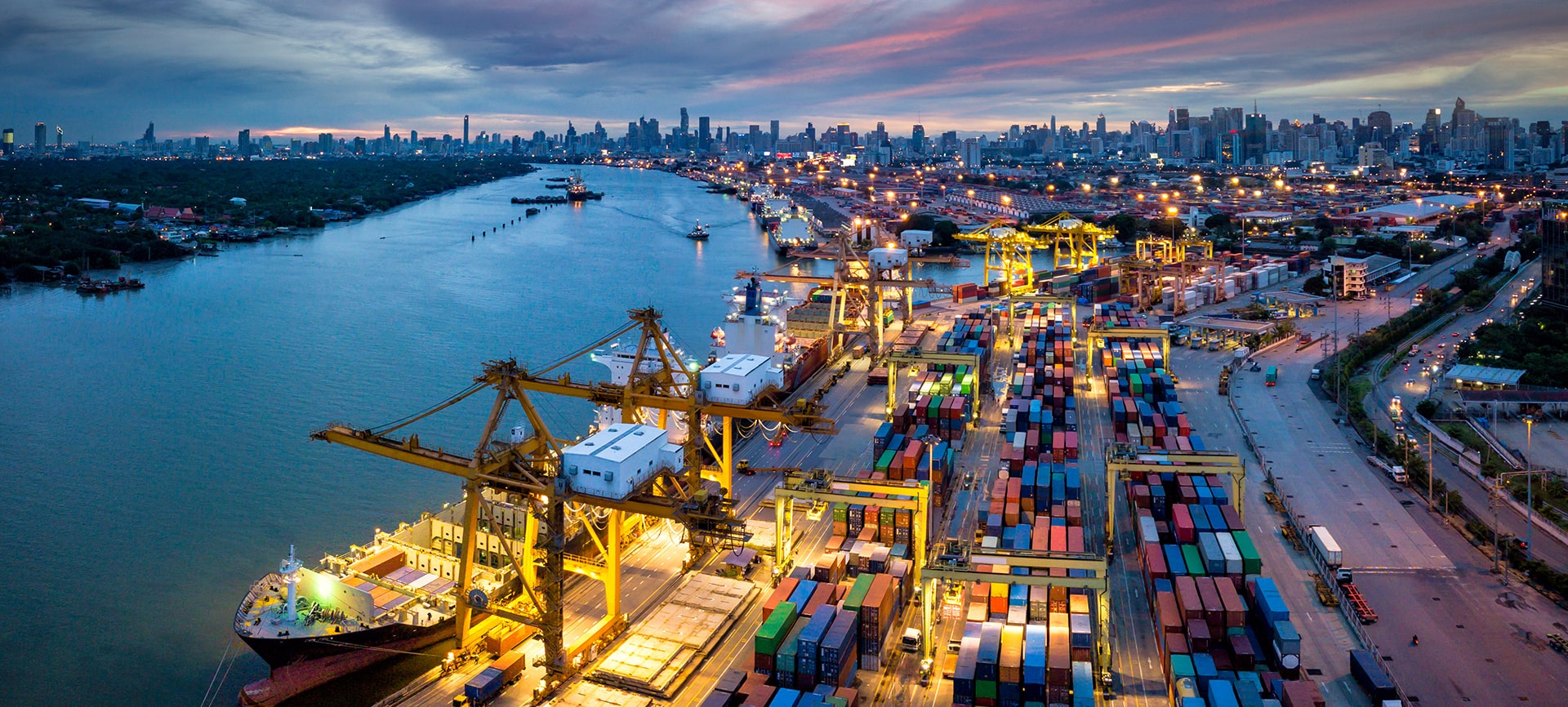Posted on: October 1, 2025 / Last updated: October 1, 2025
India to Begin Domestic Semiconductor Production by Year-End! Shifting the Global Supply Chain

CONTENTS
Investment of 2.7 Trillion Yen, 10 Plants Underway
In 2025, India is finally moving toward its long-awaited goal of launching domestic semiconductor production.
A national project worth 2.7 trillion yen, involving 10 semiconductor plants, is already in progress, with the first products expected to be shipped by the end of the year.
The government has approved 10 semiconductor plants with a total investment of about 1.6 trillion rupees (2.7 trillion yen).
One of the most notable projects is the CG Power & Industrial Solutions plant in Sanand, Gujarat, which is being built in collaboration with Renesas Electronics of Japan. It is expected to start mass production within 2025.
This plant will focus on back-end processes such as assembly and testing of microcontroller semiconductors for automotive and communication devices.
Front-End and Back-End Processes in Semiconductors
Semiconductor manufacturing is divided into two major processes.
- Front-End This process involves etching nano-level circuits onto silicon wafers. It requires extremely advanced precision and cleanroom conditions, an area where companies like TSMC and Samsung excel.
- Back-End This involves packaging, assembly, and testing of chips made in the front-end. It is a labor-intensive process, with Malaysia and Singapore already hosting many facilities.
India’s current efforts focus on building back-end facilities, while the number of front-end plants remains limited.
Why India Focuses on Back-End
There are two main reasons:
- Lower entry barriers Unlike the front-end, the back-end does not require cutting-edge nanotechnology, making it easier for emerging economies to enter.
- Job creation Assembly and testing require large labor forces, directly leading to domestic employment growth.
Therefore, India is adopting a step-by-step approach: establish back-end capabilities first, then move into front-end production.
However, this also means tougher competition with existing back-end hubs like Malaysia and Singapore.
Reducing Dependence on China: “Make in India”
This semiconductor strategy reflects not only industrial promotion but also national security objectives.
India currently imports a large volume of critical materials, including EV batteries and semiconductors, from China, resulting in a trade deficit exceeding $100 billion annually.
To address this, the Modi government has launched the “Make in India” initiative. In 2021, it introduced a 760 billion rupee support package, including unique incentives such as upfront subsidies for equipment purchases.
Major Companies Joining the Initiative
Several key players are entering the Indian semiconductor market.
- CG Power × Renesas: Microcontroller (back-end), mass production by year-end
- Micron Technology: Building back-end lines for semiconductor memory
- Tata Group × PSMC (Taiwan): Constructing a front-end wafer plant in Gujarat
In addition, Japanese semiconductor firms such as Tokyo Electron and Fujifilm have also announced entry into India, boosting Japan-India technological collaboration.
Challenges and Prospects
India’s semiconductor market is projected to grow from $38 billion in 2023 to $110 billion by 2030.
However, several challenges remain:
- Infrastructure shortages (power, water, logistics)
- Lack of skilled engineers
- Limited accumulation of advanced manufacturing technology
Counterpoint Research notes that catching up with advanced nodes like TSMC will be extremely difficult, but also highlights India’s value as a diversification hub for geopolitical risk.
Conclusion
India has taken its first step toward establishing a domestic semiconductor supply chain.
As a new hub in the global supply chain, India’s role is growing rapidly, while Japanese firms will also play a critical part.
From late 2025, India’s mass semiconductor production could reshape Asia’s industrial structure and global supply strategies.












